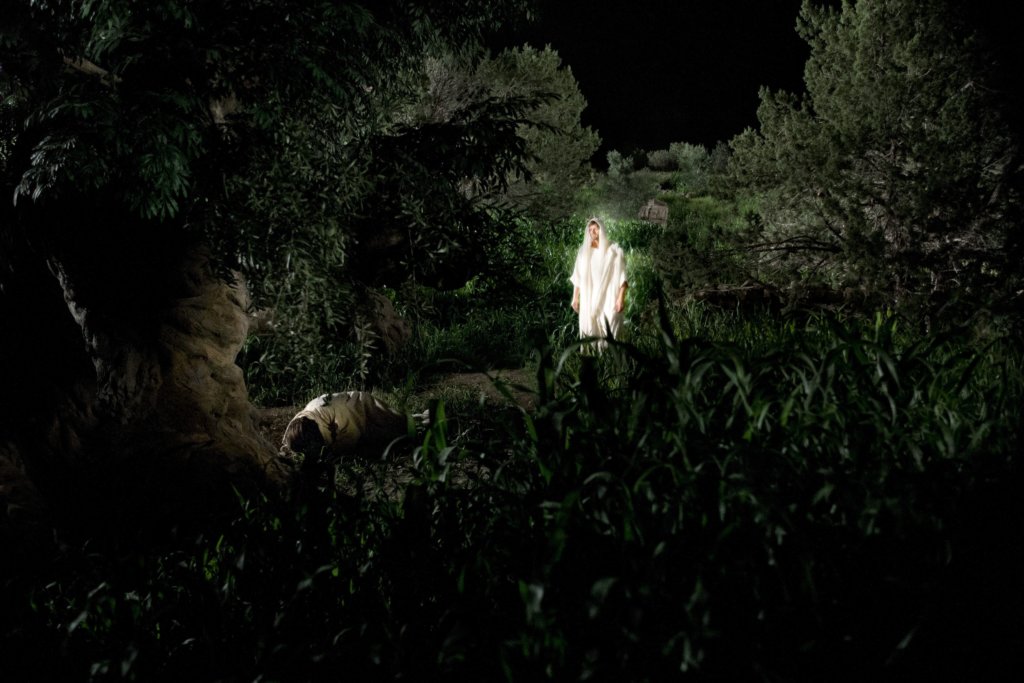Hugh Nibley used to tell of his grandfather who served in the church’s First Presidency in the early twentieth century that he personally knew of no one who had seen an angel, and that if one should appear to him he would “jump out of that window!” Almost a century earlier, the prophet Joseph Smith had received this in response to fear in the hearts of the saints: “Ye are not able to abide the presence of God now, neither the ministering of angels; wherefore, continue in patience until ye are perfected” (Doctrine & Covenants 67:13).
When Mormon asks the peaceable followers of Christ toward the end of Nephite history, “Have angels ceased to appear unto the children of men?” he also adds that “it is by faith that angels appear and minister unto men; wherefore, if these things have ceased wo be unto the children of men, for it is because of unbelief, and all is vain” (Moroni 7:36–37). Although angels appeared to the prophet Joseph Smith and to several others ofhis day, it isn’t public knowledge whether angels have appeared on the earth since that time.
Scriptural patterns in the Book of Mormon show that “angels did appear unto men, wise men, and did declare unto them glad tidings of great joy” at the very time people “began to be more hardened in iniquity, and do more and more of that which was contrary to the commandments of God” (Helaman 16:12–15).Angels appeared to Nephi, King Benjamin, Alma, Amulek, Samuel the Lamanite, the brothers Nephi and Lehi, and other righteous prophets and people at the time they were experiencing, or had experienced, severe hardships.
Hardships often arose because of persecution from “high priests” and persons who “professed to belong to the church of God,” which led to great tragedies in the nation as a whole (Helaman 4:11–13; 3 Nephi 6:20–30). Time and again, “the people of the church began to be lifted up in the pride of their eyes, and to set their hearts upon riches and upon the vain things of the world,” to persecute “the humble followers of God” and “those that did not believe according to their own will and pleasure” (Alma 4:6–15; Helaman 3:33–36).
As Book of Mormon prophets saw in vision, these conditions would repeat themselves in our day. Having “transfigured the holy word of God, that ye might bring damnation upon your souls,” the “leaders of churches and teachers shall rise in the pride of their hearts, even to the envying of them who belong to their churches” (Mormon 8:28–41). Having “become corrupted”and “lifted up,” they “rob the poor because of their fine sanctuaries” and “fine clothing,” and by so doing “persecute the meek and the poor” (2 Nephi 28:11–15).
And yet, out of these very conditions—following the pattern of persecution by brethren (Isaiah 61:7; 66:5)—not only would angels again appear on the earth but they would ordain 144,000 servants of God “unto the holy order of God, to administer the everlasting gospel . . . to bring as many as will come to the church of the Firstborn” (Doctrine & Covenants 77:11; Isaiah 61:3, 6–11). Might that be why Hugh Nibley—who had his own heavenly encounter on the heels of persecution—told how angels would come soon and appear among us?













Where can we read Hugh Nibley’s account? I had never heard of this before.